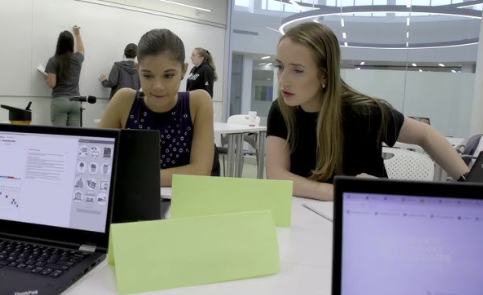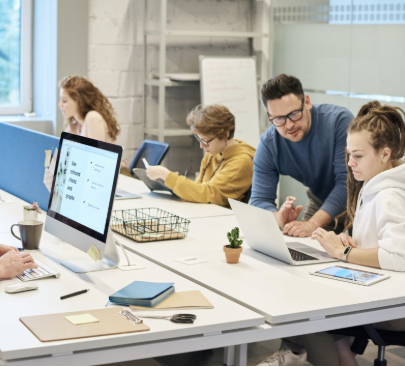Simulation-based learning has become a transformative approach in modern education. By replicating real-world scenarios in a safe and structured environment, simulations offer students a powerful way to apply theoretical knowledge, develop practical skills, and gain confidence in their decision-making abilities. From science labs and historical reenactments to virtual environments and role-playing exercises, simulation is reshaping how subjects are taught and understood.
What Is Simulation in Education?
Simulations in teaching refer to interactive, often immersive experiences that mirror real-life situations. These can range from computer-based simulations in science or economics to classroom role-play in social studies or literature. The goal is to bridge the gap between theory and practice, allowing students to experiment, analyze, and reflect in an engaging and risk-free setting.
Enhancing Engagement and Understanding
Simulations are known to increase student engagement. Unlike passive learning methods, simulations require active participation. Students take on roles, make choices, and see the outcomes of their actions in real time. This active involvement promotes deeper understanding and retention of content.
For example, in a biology class, a simulation of the human circulatory system allows students to visualize and interact with body functions. In a business course, a market simulation may challenge students to manage a virtual company, make financial decisions, and respond to economic trends.
Developing Critical Thinking and Collaboration
Beyond content mastery, simulations foster essential 21st-century skills such as critical thinking, collaboration, and problem-solving. Students must navigate complex scenarios, assess consequences, and work with peers to find solutions. This mirrors the challenges they’ll face in the workforce and helps them build confidence in applying their knowledge.
Group simulations, such as mock trials or diplomatic negotiations, also encourage communication and teamwork. Students learn to listen to different perspectives, defend their ideas, and adapt to new information.
Supporting Differentiated and Inclusive Learning
Simulation allows for differentiated instruction by offering multiple entry points into a concept. Students can engage at their own pace, revisit key ideas, or explore extended challenges. For learners who benefit from visual or kinesthetic experiences, simulations provide alternative ways to process and understand material.
Additionally, simulations can be designed to reflect diverse perspectives, helping students develop empathy and cultural awareness. Virtual reality experiences, for instance, can immerse students in global settings and bring historical or social issues to life in meaningful ways.
Technology’s Role in Expanding Access
Advances in educational technology have made simulations more accessible and versatile. Tools such as virtual labs, simulation software, and interactive online platforms bring complex scenarios into classrooms without the need for physical resources or equipment. Many platforms offer customizable simulations that align with curriculum standards and learning outcomes.
With remote and hybrid learning becoming more common, simulations provide a valuable way to maintain hands-on learning experiences. Students can experiment, analyze data, and engage in scenarios from home, supported by digital feedback and teacher guidance.
Conclusion
The power of simulation in teaching lies in its ability to turn abstract concepts into lived experiences. By making learning active, relevant, and reflective, simulations help students build knowledge that lasts beyond the classroom. Whether through digital tools or role-play exercises, simulation empowers learners to think critically, collaborate effectively, and apply their skills in real-world contexts—preparing them for success in education and beyond.


